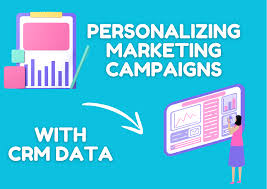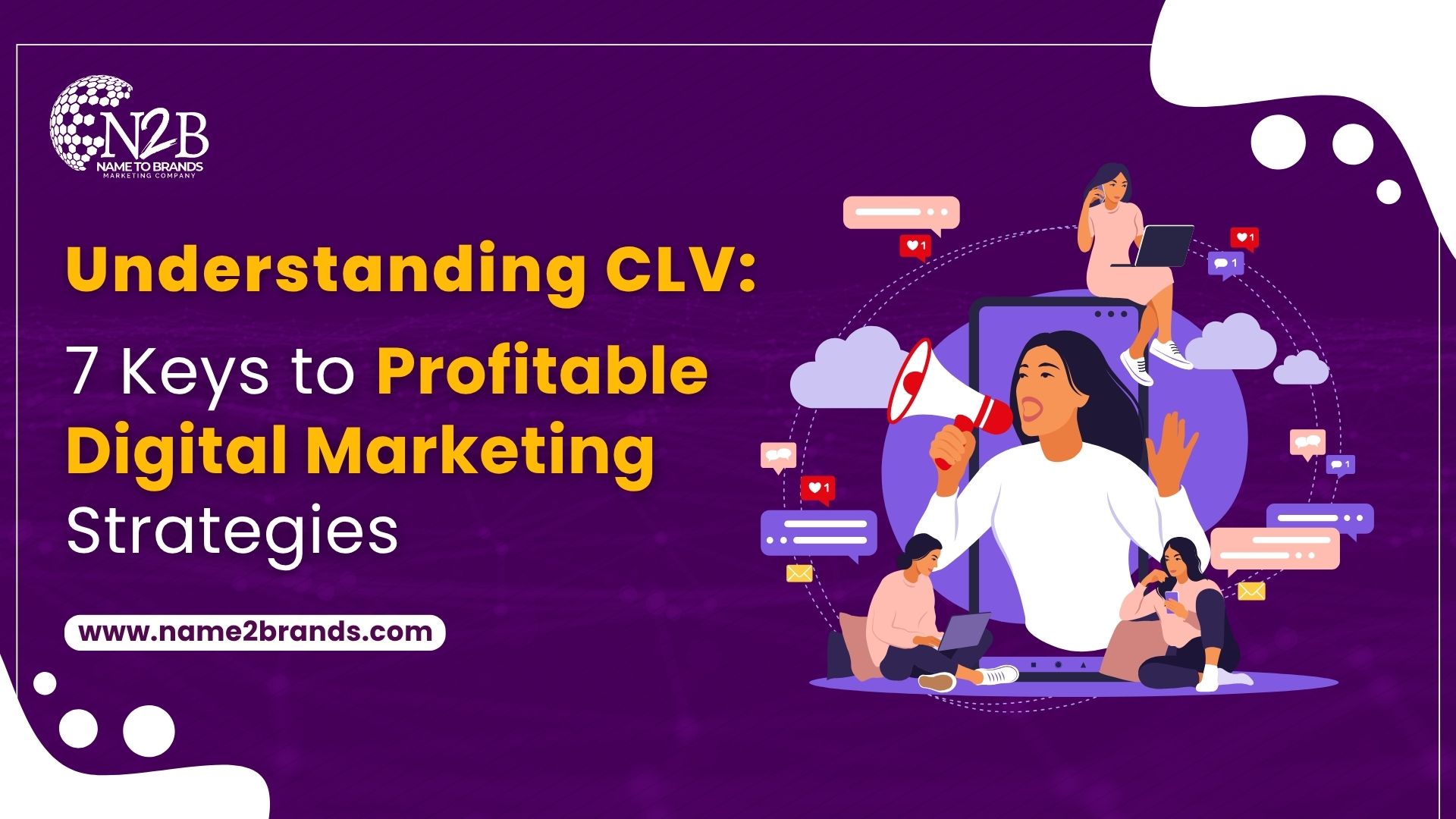In the current competitive digital landscape, it’s essential to go beyond simply knowing who your customers are; understanding their long-term value is critical for effective strategy development. This is where it plays a crucial role. By calculating CLV, businesses can gain insights into the future profitability of their customer relationships, allowing for more informed decision-making and targeted marketing efforts
In today’s hyper-competitive digital landscape, simply knowing who your customers are is no longer enough. The real strategy begins when you understand what each customer is worth over time, and that’s where Customer Lifetime Value comes into play.
What is CLV and Why Is It So Important?
Customer Lifetime Value refers to the total net profit a business expects to earn from a customer throughout the entire duration of their relationship. Unlike short-term metrics such as daily sales or web traffic, CLV shifts your focus to long-term business health. It helps brands move from chasing one-time buyers to cultivating loyal customers who return again and again.
Understanding CLV allows businesses to:
- Allocate marketing budgets more wisely
- Design customer experiences that foster loyalty
- Increase profitability without increasing acquisition costs
To bring this to life, let’s explore 7 essential ways CLV can provide profitability in your digital marketing efforts.
1. Smarter Budget Allocation
CLV gives marketers a better idea of how much they can afford to spend on customer acquisition.

If a customer is expected to generate ₹10,000 over their lifetime, it makes sense to spend more on acquiring them than someone expected to spend only ₹1,000. This insight leads to more accurate media buying decisions and cost-effective ad campaigns.
2. Focus on Retention Over Acquisition
Getting a new client is five times more expensive than keeping an existing one.

With Customer Lifetime Value in mind, brands can shift focus from one-time sales to building long-term relationships, using strategies like remarketing ads, personalized emails, loyalty programs, and post-purchase support.
3. Personalized Campaigns that Convert
By segmenting customers based on their Customer Lifetime Value, marketers can deliver hyper-targeted campaigns.

High-value customers may receive early access, exclusive discounts, or premium content, while new or low-value customers can be guided through educational and onboarding campaigns to increase their value over time.
4. Improved Customer Experience
Knowing who your most valuable customers are allows you to optimize the entire customer journey for them.

Brands can invest in faster support, smoother UX, and tailored offers, which in turn boost satisfaction, loyalty, and long-term revenue.
5. Accurate Sales Forecasting
CLV helps businesses predict future revenue.

By understanding the average lifetime value of different customer segments, you can better plan inventory, resource allocation, and seasonal campaigns. This reduces risk and drives sustainable growth.
6. Performance-Based Strategy Tuning
Tracking which platforms and channels are bringing in high-CLV customers helps marketers fine-tune their strategies.

Maybe Instagram generates lots of clicks but low CLV, while Google Search brings in fewer but more valuable customers. This insight helps you invest in the right channels.
7. Stronger Brand Loyalty and Advocacy
Customers who feel valued and receive consistent experiences tend to stick around longer and refer others.

Customer lifetime value-driven marketing naturally encourages value-based storytelling and emotional connections, building loyalty and turning customers into brand advocates.
Conclusion;
Customer Lifetime Value isn’t just a marketing metric; it’s a mindset. It encourages brands to focus not on the next transaction, but on building long-term, profitable relationships. In today’s highly competitive digital space, understanding and applying can be the difference between surviving and thriving.
Start building your digital strategy around Customer Lifetime Value today and watch your ROI, retention, and reputation grow in ways that short-term tactics can never achieve.
FAQs
Q1. What does CLV stand for in digital marketing?
A: CLV stands for Customer Lifetime Value. It represents the total net profit a business expects to earn from a customer throughout the entire relationship.
Q2. Why is CLV important in marketing strategy?
A: CLV helps businesses understand the long-term value of each customer, enabling smarter budget allocation, better retention strategies, and increased profitability.
Q3. How is CLV calculated?
A: CLV is typically calculated by multiplying the average purchase value, purchase frequency, and customer lifespan. Adjustments may be made for profit margins and churn rate.
Q4. How can CLV improve digital marketing ROI?
A: CLV helps marketers focus on high-value customers, personalize campaigns, and invest in profitable channels, all of which lead to higher returns on marketing spend.
Q5. What tools can businesses use to track CLV?
A: Businesses can use CRM platforms, analytics tools like Google Analytics, or dedicated customer lifetime value calculators to measure and monitor Customer Lifetime Value over time.

